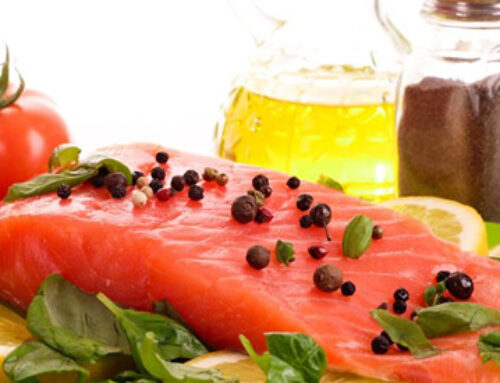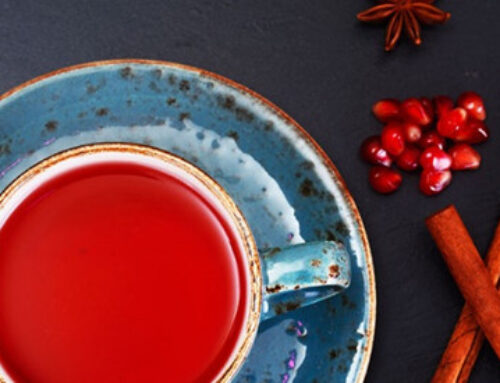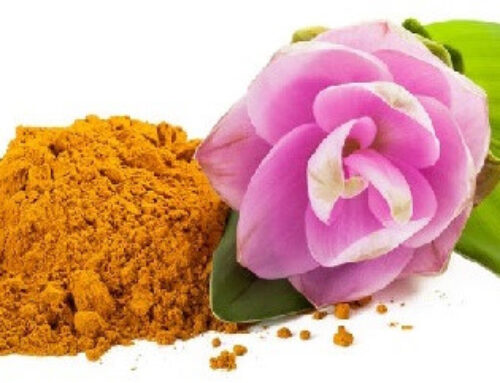Simple and easily available, spices are nature’s medicine. They have been a part of the human experience for millennia. Drugs certainly have a place in our modern society to cure some rare and dangerous diseases but I don’t believe drugs should be used nearly as much as we’ve been convinced they should be. Spices have many chemical constituents that work together to treat a surprising number of health issues, naturally!
Many of us use spices when we cook but when I study how precious these spices were to people thousands of years ago, it becomes clear that they knew something we no longer understand. Herbs and spices were so valuable to ancient people that wars were fought over their access. Our use of spices in the foods we eat is paltry compared to how they were traditionally used.
Herbs are not always edible but are usually leaves of a plant, while spices are typically plant parts that have been dried. It could be the stem, flower, stamen, bark, leaves, seeds or root. In this article, I want to focus on three very important spices you can easily find at any grocery store.
Cardamom, one of the oldest spices, has been used for thousands of years. During the Middle Ages, just a handful of cardamom pods could cost as much as a poor man’s yearly wages. Those who could afford it used cardamom both as medicine and as a seasoning.
Originally grown wildly in the hills of southern India, cardamom is known as the Queen of Spices and for good reason—it has 25 plant compounds know as volatile oils that smell and taste wonderful. Cineole is the most medicinally active of all the oils found in cardamom. Today, cineole is used in mouthwashes to kill the bacteria associated with bad breath. But traditionally, cardamom has been used for a wide variety of complaints, especially as a digestive aid.
The oils in cardamom have powerful anti-inflammatory and anti-spasmodic agents that aid with digestion. In lab animals, cardamom has been shown to slow or even stop the development of ulcers (1). Cardamom has also been shown to prevent or treat: asthma, blood clots, colic, colon cancer, constipation, diarrhea, heart disease, high blood pressure, sinusitis and stomachache (1). I believe all of the volatile oils in cardamom work together with a synergy that cannot be duplicated in a drug.
Cardamom is a common ingredient in chai tea, a creamy drink that originated in India. It is also used in sweet desserts like apple pie and rice pudding, gingerbread and chocolate cake, but is also used in savory dishes such as lamb roast. For those of you who drink coffee, it is delicious and healthful to add some ground cardamom to your morning cup o’ joe.
Buy cardamom as a seed and grind it as needed to keep the spice from losing it flavor, or buy the green pods.
Cinnamon is the next spice on my list. I love its warm, sweet taste and I am not alone. It is a favorite for most of us, especially in the colder months. Cinnamon has an amazing ability to reduce and stabilize blood sugar. That alone is significant, considering diabetes rates are skyrocketing. Cinnamon is high in a chemical called cinnamaldehyde, which can lower blood sugar and decrease the risk of developing diabetes. This is especially important because diabetes is linked to so many other debilitating health problems, such as blindness, heart disease, renal disease, stroke, cognitive decline and polycystic ovarian syndrome. Diabetes is also a major contributing cause of therapeutic foot amputation.
Cinnamon is also a powerful antimicrobial. It has been proven to kill pathogenic bacteria and fungus and can be used as a food preservative. It is very effective at killing Candida albicans, the fungus that has a nasty reputation for causing yeast infections. Cinnamon is also known to lower LDL cholesterol and increase HDL cholesterol and may help or treat heart disease, stroke, food poisoning, hypertension and wounds.
Another bacterium that has been causing problems lately is Helicobactor pylori. Too much of this bacterium is found in the stomach when hydrochloric acid is low and it can cause a host of problems. Unfortunately, H. pylori is becoming resistant to modern antibiotics, but not so with cinnamon! A 2000 Israeli study found that cinnamon was just as effective at killing H. pylori as prescription antimicrobials, and without the adverse side effects.
Even cancer has to respect the curative powers of cinnamon. Research shows cinnamon may slow angiogenesis, the growth process of cancerous tumors (1). Traditionally, cinnamon has been used in Ayurvedic medicine and Chinese medicine. It is used for treatment of the upper respiratory system, stomach upset and blood sugar problems.
There are several types of cinnamon; cassia being the one consumed the most in the U.S., Europe and China. True cinnamon is used most frequently in Latin America, India and South Asian countries. Cassia is known to be the sweetest and most aromatic type. Whichever one you choose, cinnamon can be used in everything from Vietnamese Pho soup to German cookies and pastries to Indian cuisine and Moroccan dishes. I enjoy cinnamon in my tea or coffee and I love a cup of hot mulled cider with cinnamon and other spices when it’s cold outside.
Coriander is a spice we don’t often reach for in our cooking, which is too bad as it is a powerful curative for many health issues. Coriander is another ancient spice that has been used for thousands of years. It was found at a Neolithic archeological dig site dating back to 7000 BCE and was also discovered in Tutankhamen (King Tut)’s tomb! Coriander is the seed from cilantro plants. Most of us are familiar with cilantro, especially in a good salsa. Coriander is the other half of cilantro and has a nutty, lemony taste and amazing healing properties. It is traditionally used to treat bladder and urinary tract infections, allergies, diabetes, anxiety, hypertension, insomnia and vertigo. Coriander has 26 chemical constituents and is 85% volatile oil. Two of these oils are linalool and geranyl acetate, both extremely powerful antioxidants.
Coriander is very well known for being a digestive soother. It has been shown to help with irritable bowel syndrome and the symptoms of IBS, cramping, constipation, diarrhea and bloating and works in other areas also, such as reducing the inflammation of eczema, psoriasis and rosacea. You can dilute essential coriander in olive oil and apply to the inflamed area.
Coriander has also been shown to help with: cholesterol problems, colic, colon cancer, constipation, flatulence, hypertension, lead poisoning, liver disease, stomachache, ulcers and yeast infections (1).
Coriander is used in both sweet and savory dishes. It is the most popular spice in Indian dishes and it is used to flavor French cheeses and Chartreuse, a French liqueur. Purchase coriander as a seed and grind it as needed to keep it fresh and to keep the fragrant healing oils from dissipating. To make sure you are getting coriander into your diet regularly, put some seeds in with your peppercorns and grind them directly onto your food.
There are many spices I haven’t covered, but just adding more of these three into your diet can change the way your food tastes and can be very beneficial to your health. All can be purchased from online sources or grocery stores but another good option is to use them in the form of essential oils. Just make sure your oils are organic and sourced from a high-quality supplier. Two great suppliers of high-quality essential oils are dōTERRA, and Améo. Essential oils are very concentrated, so if you are consuming them, dip a toothpick into the oil and stir that into a soup or stew. Be careful because even a drop can be way too much and ruin your dish. Essential oils don’t go bad if they are stored properly away from heat and in a dark, cool, place.
Masala Chai Tea is an excellent way to get cardamom and cinnamon into your diet!
Cited Reference:
- Aggarwal, Bharat B., Healing Spices, How to Use 50 Everyday and Exotic Spices to Boost Health and Beat Disease, Sterling Publishing, 2011.
Additional Reading:
Integrated Guide to Essential Oils & Aromatherapy, second edition, Bill Fifield, 2014.










